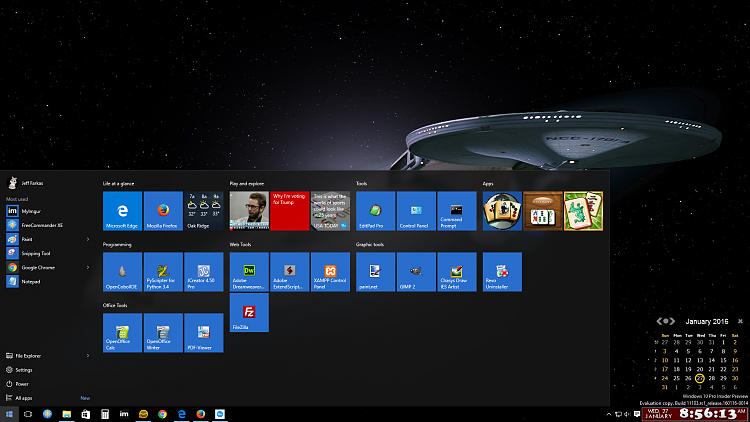

You can add pinned folders, add a start menu size, pin apps to the taskbar, and more. Once this is completed it can be added to your SCCM task sequence like we explain in our previous posts. On Windows devices, customize the start menu layout and taskbar using XML, group policy, provisioning package, or MDM policy. Go back to the XML exported previously and replace the DesktopApplicationLinkPath by the DesktopApplicationID.Locate the application that uses the DesktopApplicationLinkPath and take note of the AppID.This returns the list of all applications in the Start Menu.In Powershell, enter the following command :.
#DEFAULT START MENU WINDOWS 10 HOW TO#
Application links are using the DesktopApplicationLinkPath How to Backup and Restore Start Menu Layout in Windows 10 The layout of your Start menu includes folders on Start list, how you resized the Start menu or full screen Start, pinned items, how the tiles of pinned items are sized, arranged into groups, group names, and used in Live Folders.A StartMenu.xml file is generated in the specified directory.Export-StartLayout -path C:\temp\StartMenu.xml.Enter the following command line to export the Start Menu Use the Windows key + X keyboard shortcut to open the power user menu and select Computer Management.Start a PowerShell command window as an administrator.This setting is optional, but recommended.

The next time you open Start, the Start screen will fill the entire desktop. Select Start, and then turn on Use Start full screen. Description: Enter a description for the profile. Select Start, then select Settings > Personalization.


 0 kommentar(er)
0 kommentar(er)
